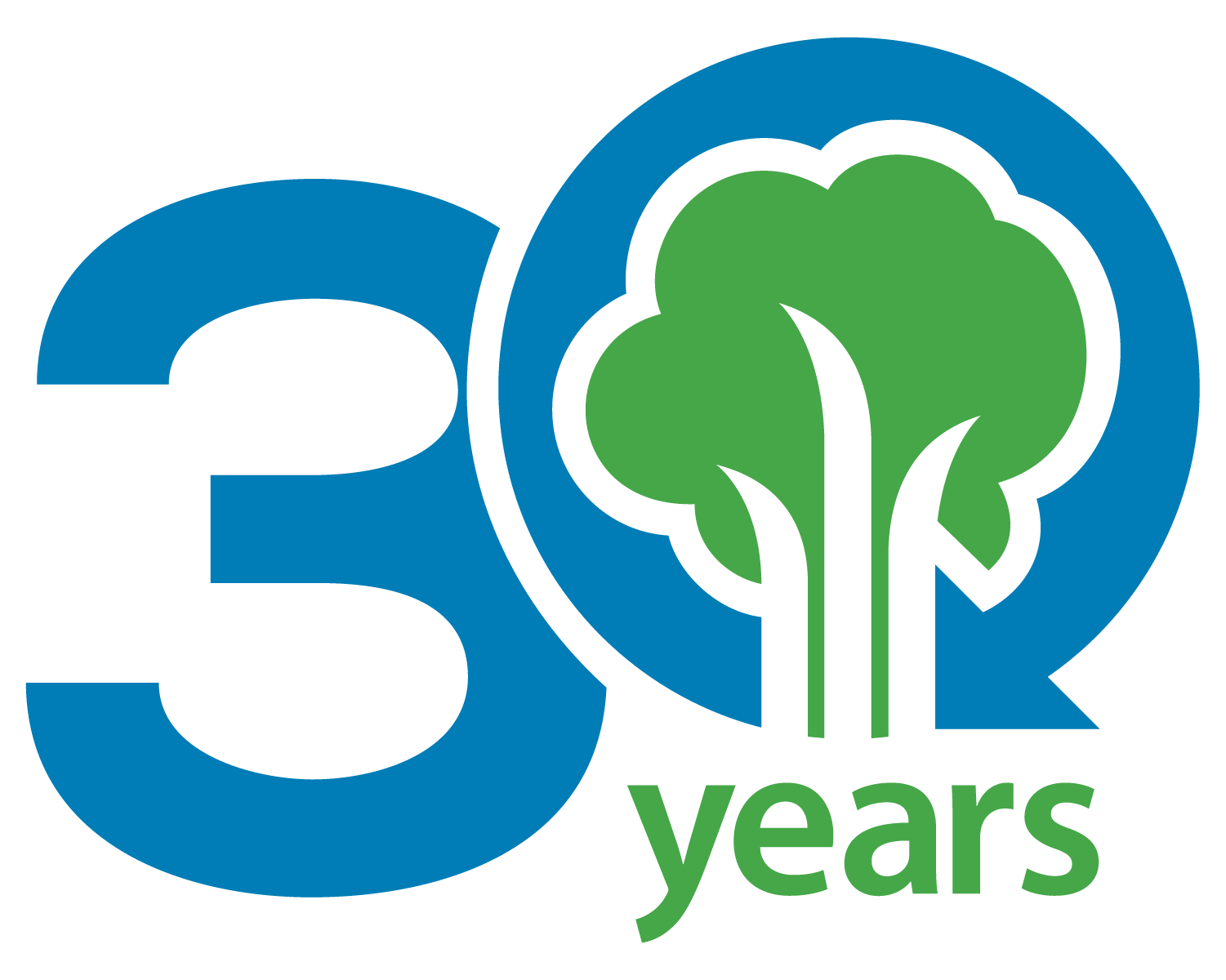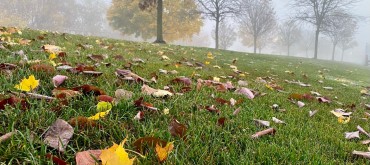As we continue to make our way through the summer, we have noticed quite a bit more rainfall this time of year compared to last! We wanted to take this time to share some important insights on how to adjust your watering habits around this weather so you are still staying within your lawn’s ‘happy place’, and avoiding an expensive water bill when you can.
It is important to remember that our lawns are living plants and (in very similar ways to how we live) require water, nutrients, and sunlight in order to thrive. We want to create an environment that the lawn will enjoy so we are able to maximize its growth and abilities. The best watering practice for your lawn is ensuring the water provided goes deep within the soil, is infrequently provided (no more than twice a week), and is always in the early morning. This will work towards developing a deep root system and avoid disease and weed liked environments.
Now how would this change if we received light rain throughout the week? Or a big rainstorm one afternoon? The golden rule you will want to remember is your lawn needs to be receiving a minimum of 1 inch of water evenly each time (twice a week max). This measurement will allow you to determine if you need to provide additional water to your lawn or not. Short heavy rainfall is more likely to run off and collect in storm drains (making it less likely to absorb into the soil well enough), which suggests you should still provide your lawn with an inch of water once that week, just to be safe. The long-lasting lighter rain days are when it can become difficult to tell if your lawn received what it requires. If you have an automatic irrigation system, you can utilize what is called a “rain sensor” which does all the measuring for you and even turns your system on or off accordingly to ensure the landscape is well taken care of. We have also had a few irrigation inquiries regarding the “weather monitoring controllers”. Some controllers are able to depict weather that is forecasted in the area, but they do not pick up on the amount of rain that has actually fallen. This is where a rain sensor can be more beneficial as it is measuring actual rainfall as opposed to forecasted.
If you do not possess an irrigation system, the best way to monitor the water collection is simply by placing an empty tuna can on your lawn and monitoring it throughout the week! Keep in mind that manual sprinklers (if rotating) take about 1 hour to provide 1 inch evenly to the lawn area (so if the can were only to fill halfway after a rainfall - you would want to water the lawn with your manual sprinkler for about an additional 30 minutes. Keep in mind that this rainfall is not promised over the entirety of the summer, and we could come face to face with more dry conditions at any time. When this occurs - ensure you increase the volume of water you provide by keeping your sprinkler on longer (still only twice a week), and avoid increasing the number of times you water throughout the week.
If you have any further questions about how to alter your watering practices during the week or would like to explore the cost of adding a rain sensor to your existing irrigation system, feel free to contact our office anytime.





